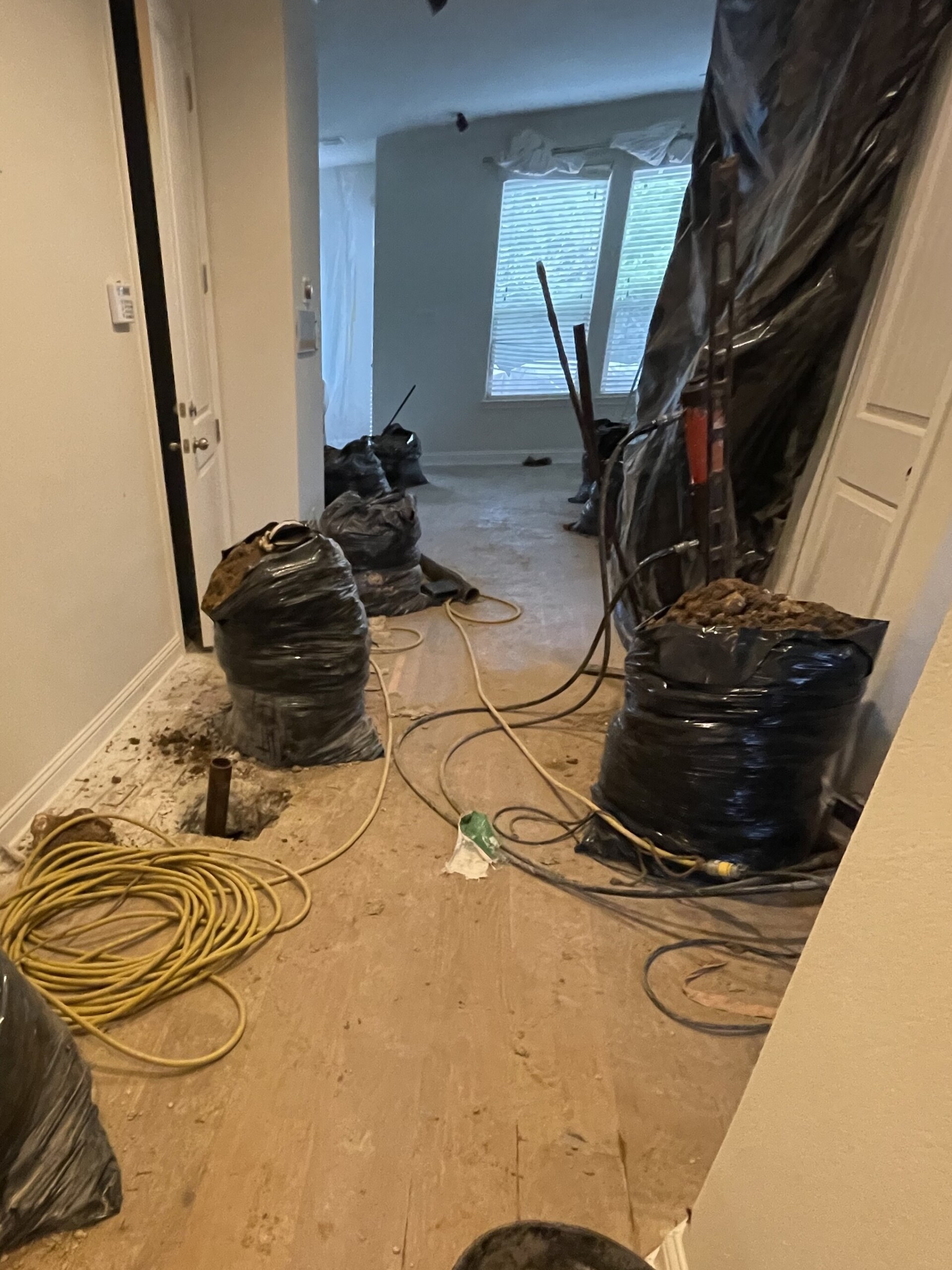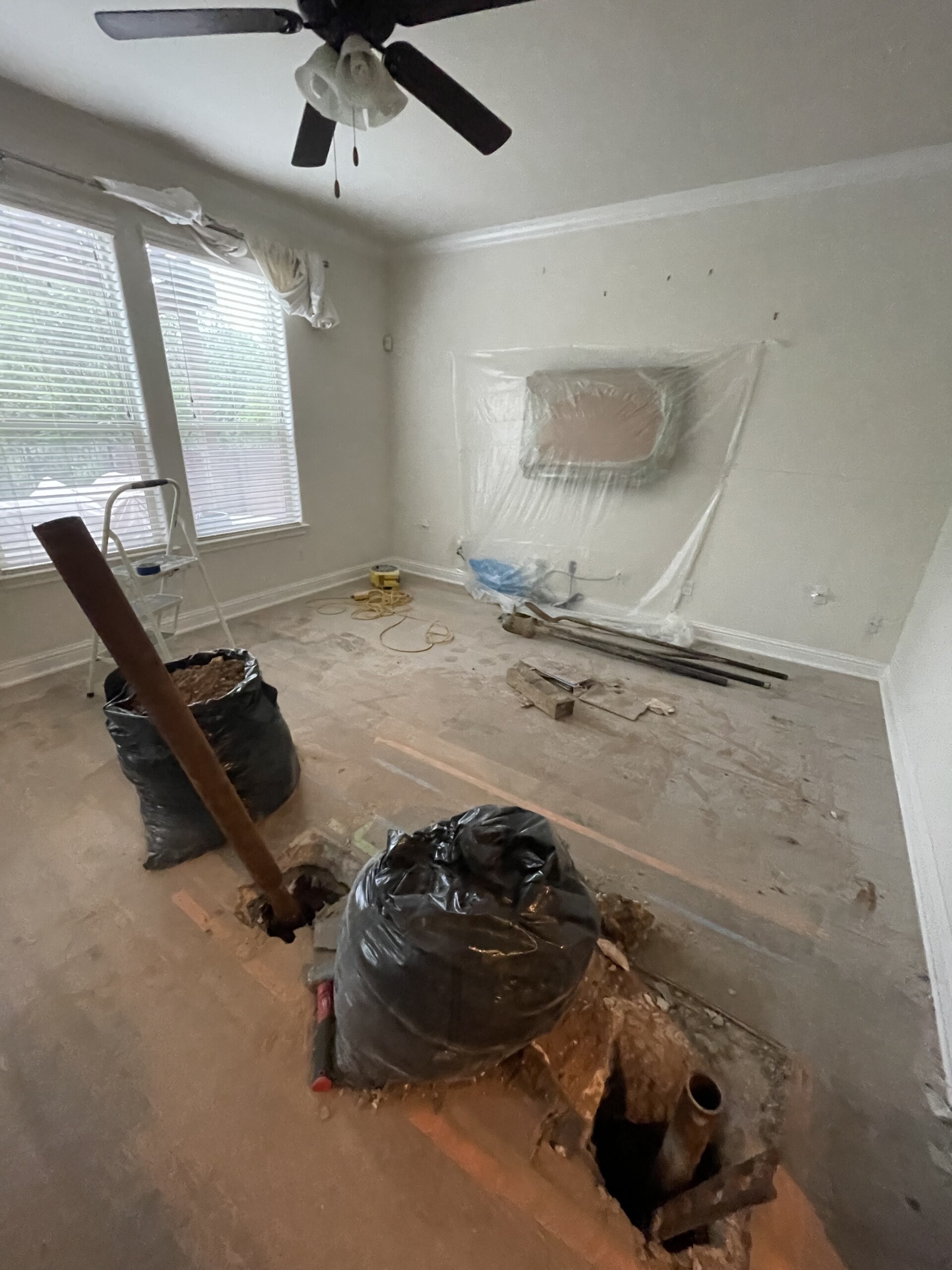

My husband and I just completed a homeowner rite of passage in Central Texas: a foundation repair. While I already knew more than the average bear from my Realtor experience, I feel like now I have my Foundation Repair PhD. Here are my top tips on monitoring and repairing your foundation if you live in the Austin area:
1. Get your foundation measured regularly.
The No. 1 thing I would have done differently is measure the foundation as part of my general inspection when I was under contract to buy my house. It’s easy to do, and most inspectors are willing to do it. But I also wish I had followed that up with every-other-year measurements to see how much the foundation was moving. Foundations need to be monitored just like any other component of your home, such as your roof.
2. Talk to a structural engineer.
There are companies you can hire, such as Foundation Guru, that specialize in measuring foundations. DO NOT get it measured by a foundation repair company as a first step. I think it’s best to have a party that is not incentivized to sell you repairs and can give a more thoughtful, nuanced take on whether you should repair at all. In general, I think people are too quick to repair without understanding the underlying causes of their foundation issues and whether it’s best to try preventative measures first.
3. If you are repairing, research pier types.
There are two types of piers used in Central Texas: Steel and concrete. And there are hybrid versions of both steel and concrete as well. Our structural engineer wanted us to get soil testing to determine which pier type to use. We tried to conduct soil testing but weren’t able to due to some access limitations with our property. Instead we did steel piers because they tend to be more reliable over the long term (according to every foundation repair company we talked to). Steel piers are also smaller and cause less cosmetic damage when installed. Why don’t people always use steel then? They are more expensive, of course.

4. Determine partial vs. full repair. (Psst, full is usually better)
Listen, I get it. Nobody wants their foundation and flooring torn up. For that reason, a lot of homeowners choose to do what’s called a “partial” repair. That means typically only piers are put underneath a part of the slab, or just the perimeter. Usually this solution involves not jackhammering into the slab. As a Realtor, I have seen many homes that have done partial repairs still needing foundation work years later. For that reason I warn clients purchasing homes that have done partial repairs that they may need to do another repair later. And that’s because the part of the home that wasn’t repaired continues to move. For our personal home, we wanted to make sure we really did it right the first time and wanted to lessen the likelihood that anyone would need to do another repair ever again. So we did a full repair – 43 piers total were placed inside our slab and along our perimeter.
5. Interview at least 3 foundation repair companies.
I don’t love that there is not a lot of hard evidence on which Austin-area foundation repair companies have the best reputations and fewest warranty requests. It’s all very anecdotal. Even structural engineers have different opinions on who to work with or give you vague answers. In the end we went with Superior Foundation because they had a long history of doing repairs in our neighborhood, offered a lifetime warranty, had a really experienced crew that would be working on our home, and exclusively work with steel piers. Many of the other companies we talked to either had bad salesman working for them, seemed less experienced or were too expensive.
FINAL THOUGHTS: I wish I had been less afraid of doing a foundation repair and had done it years ago, prior to my kitchen renovation and our new hardwood floors. Having to replace a lot of my flooring that I had just re-done two years ago cost me an extra $9,000. Gulp. It would have been less stressful and costly had we done things in the right order: First the foundation repair, then the renovation!
